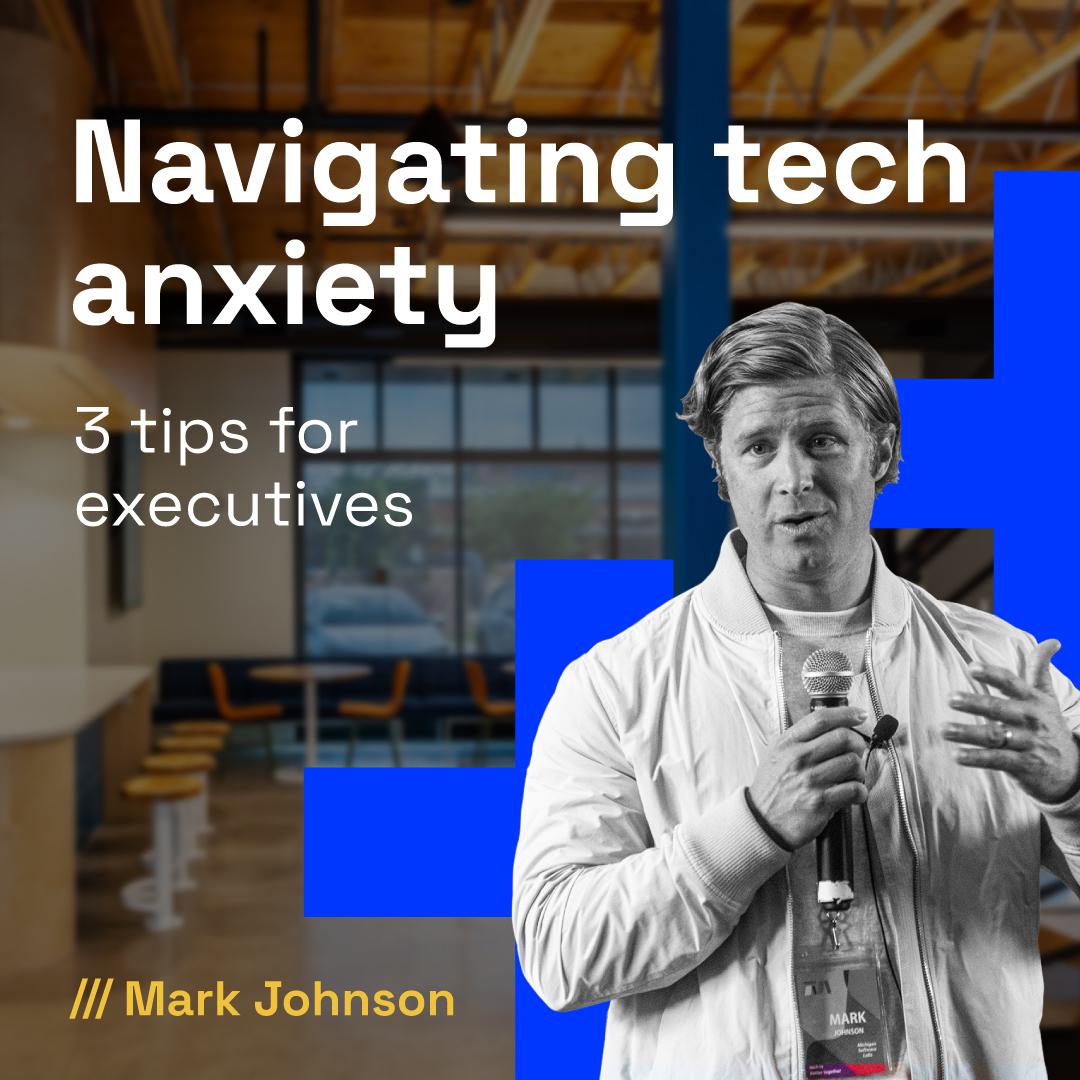
There’s a battle being waged around the world—a battle between companies all-in on working remotely and those who prefer the traditional model of showing up to work each day. Okay, maybe it's not quite a battle. But, in an increasingly connected world, a growing number of companies are struggling to decide if mobile is right for them.
Companies like Gitlab are so big on the idea of working remotely even their CEO works out of his apartment. Without even a single company office or workspace, Gitlab has built an entire organization around mobile. On the opposite front, companies like IBM are adopting policies requiring an in-person workforce: NBC News.
At Michigan Software Labs, the question on where we stand comes up often in the interview process, especially among developers. When you consider how many of our clients aren’t in the same city as our office, it’s a fair question. Given the already remote nature of our client interaction (apart from the valuable time when we visit our clients or they visit us), the more cohesive our internal team, the better we’re able to serve our clients.
Research suggests that, while full-time remote work may be great for individual productivity, engagement and collaboration tend to suffer. At Michigan Software Labs, we see a dichotomy at work: while our developers and designers require individual time, we depend on teamwork to create the best software products. We lean on collaboration so much that our organizational structure is referred to as “Teams at MichiganLabs.”
As a rule, we avoid putting an individual on any given project. And, rather than having managers or directors, we have project Leads who are a co-equal on the teams they serve. Working together is core to our DNA. Then again, so is empowering individuals to do their best work by providing quiet, uninterrupted time to enter into a flow state.
For us, the question isn’t whether it takes fully co-located teams to facilitate teamwork, or whether we go fully remote to get greater individual contribution—the question is how we can get the best of both worlds. To that end, we’ve put a few key practices into place.
1. Work-From-Home Wednesdays
Our balanced approach is best embodied by Work-From-Home Wednesdays. From the very beginning, team members could choose to stay home on Wednesdays. Actually, we let them choose their day at first, then quickly saw how it erodes team cohesiveness when people chose non-overlapping days.
Work-From-Home Wednesdays are ideal for intense, individual work. In fact, we avoid scheduling calls (apart from our morning standup), so team members have the flexibility they need. Team members also appreciate the added benefit of being able to schedule doctor appointments, home repairs, etc.
Another benefit of a consistent remote workday is that our entire IT infrastructure and business processes can support it. An occasional snow day or an afternoon out of the office for a home repair has little or no impact on how we operate as a team.
2. Do Not Disturb
On days when teams are fully present, we depend on working rhythms to balance individual work with collaboration. These rhythms are so important to us, we’ve installed Do No Disturb signs on each workstation. The system even goes so far as to deactivate Slack notifications. We found that when our company was smaller, working rhythms came naturally; coworkers knew what others were working on and the office fell into patterns of silence. After an hour or two, everyone lifted their heads for a break. As the number of teams occupying the same space has grown, we needed to come up with more intentional ways to cue company-wide deep work. Do Not Disturb has been an effective tool.

3. Space that fits how we work, not the other way around
Another way we equip co-located teams is with breakout spaces suited for longer meetings. Knowing that collaboration is ideally face-to-face, we balance spaces for interaction with spaces for individuals to focus. It’s not always easy, but by offering a variety of spaces (smaller enclaves, larger conference rooms) project teams are able to find their own working rhythms.
Ultimately, the challenge isn’t between in-person vs. remote work. It’s how to make room for both, so that teams feel supported and individuals have the flexibility they need to thrive. Over the years our practices have evolved (and will continue to as we pick up new ideas). What will never change is our focus on creating software that elevates business and makes life better for users.
Looking for more like this?
Sign up for our monthly newsletter to receive helpful articles, case studies, and stories from our team.

3 tips for navigating tech anxiety as an executive
March 13, 2024C-suite leaders feel the pressure to increase the tempo of their digital transformations, but feel anxiety from cybersecurity, artificial intelligence, and challenging economic, global, and political conditions. Discover how to work through this.
Read more
How to Prepare for our Associate Software Developer Position
June 30, 2023Tips for applying to MichiganLab's Associate Software Developer program
Read more
Business Model Canvas: Helping business leaders create meaningful digital products
January 17, 2024When it comes to custom software, it’s easy to feel stuck between needing to deliver value quickly, while also ensuring meaningful, long-lasting results. Learn why the Business Model Canvas can help you identify the right digital product for your business needs.
Read more
